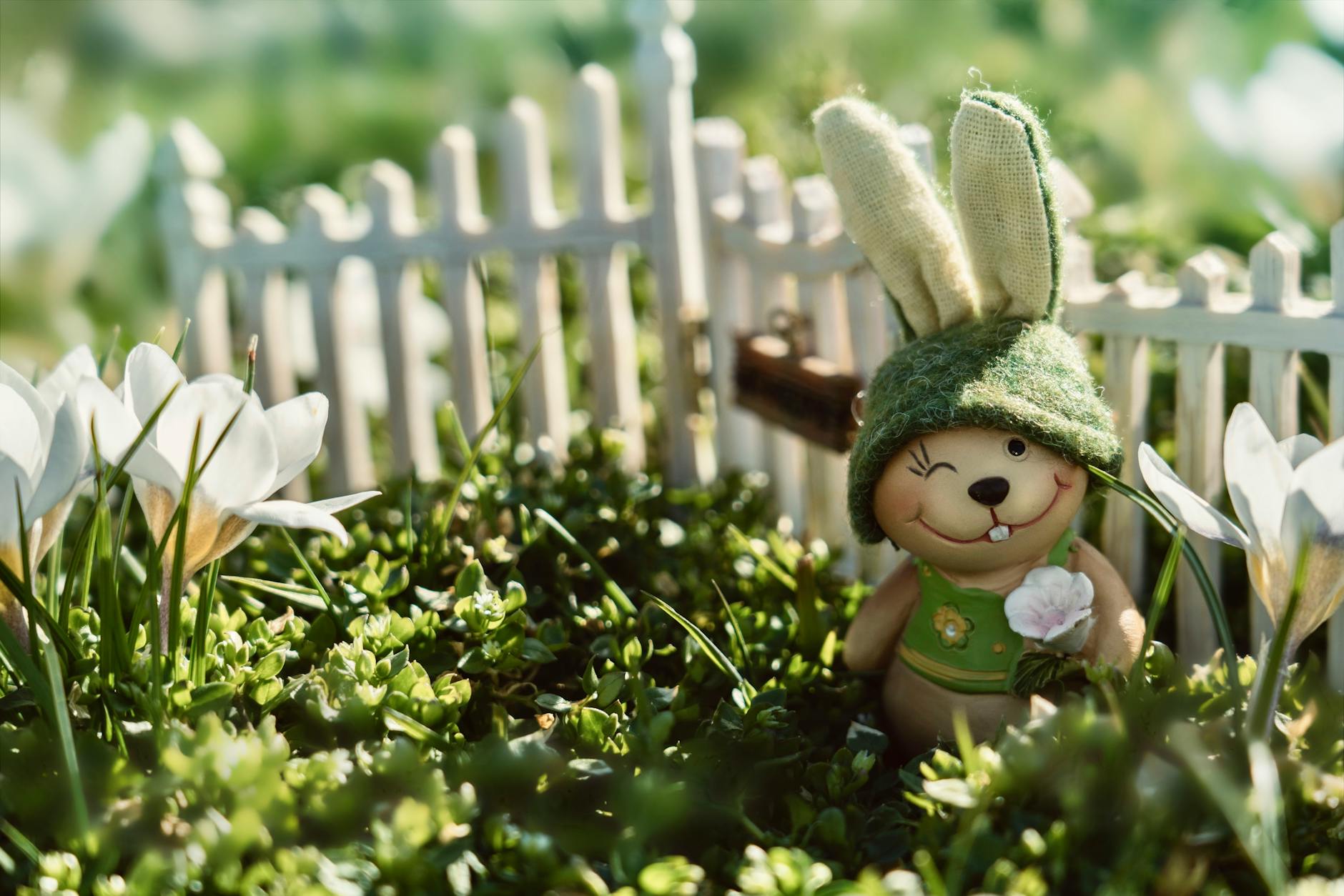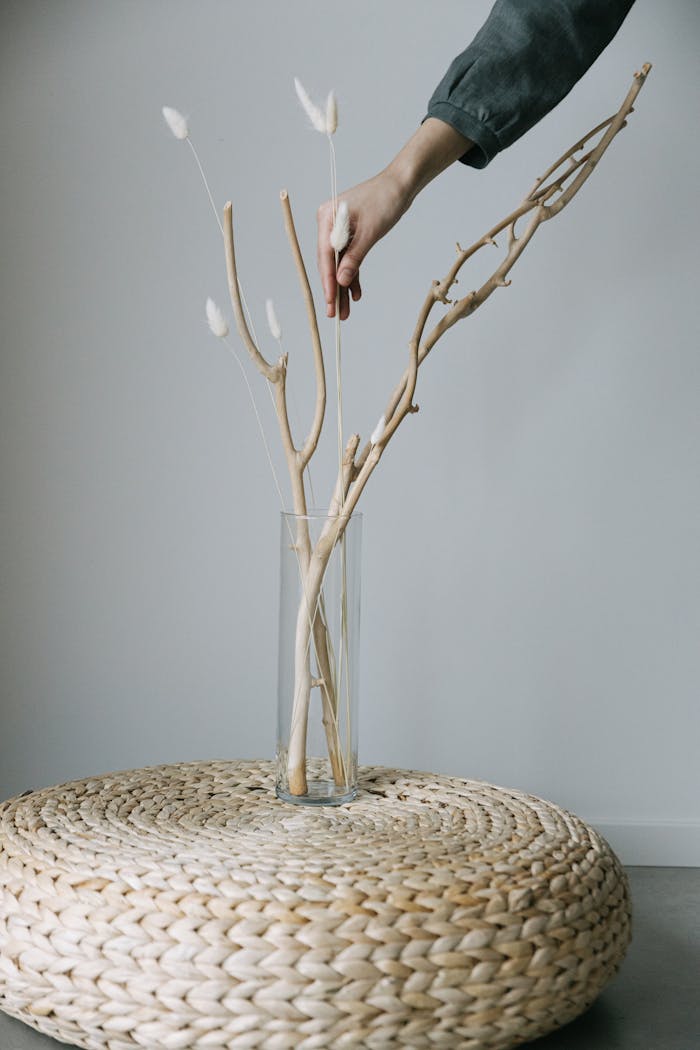Transforming Landscaping with Artificial Grass: A Sustainable Choice
The evolving world of landscaping has seen a significant shift towards sustainable and low-maintenance solutions, with artificial grass emerging as a popular alternative to traditional natural grass lawns. As we move towards a future that prioritizes eco-friendly practices and efficient use of resources, artificial grass is becoming the must-have solution for modern landscaping needs.
The Rise of Artificial Grass in Landscaping
Artificial grass, also known as synthetic turf, offers a range of benefits that make it an attractive choice for homeowners, businesses, and public spaces alike. One of the primary drivers behind its increasing popularity is its low-maintenance nature. Unlike natural grass, artificial turf does not require watering, mowing, or fertilizing, saving both time and resources in the long run. This not only reduces water consumption but also eliminates the need for harmful pesticides and fertilizers, promoting a healthier environment.
Environmental Benefits of Artificial Grass
In a world where sustainability is paramount, artificial grass stands out as a eco-friendly landscaping solution. By opting for synthetic turf, property owners can significantly reduce their water usage, ultimately contributing to conservation efforts and water scarcity mitigation. Additionally, the elimination of chemical inputs such as pesticides and fertilizers helps protect local ecosystems and wildlife, fostering a more harmonious coexistence between urban developments and nature.
Durability and Longevity
Another appealing aspect of artificial grass is its durability and longevity. Unlike natural grass, which can be easily damaged by heavy foot traffic, inclement weather, or pets, synthetic turf is resilient and resistant to wear and tear. This means that artificial grass maintains its lush appearance year-round, providing a green and inviting landscape without the hassle of constant maintenance and repairs.
Versatility in Design and Application
Artificial grass offers a high level of versatility in terms of design and application. Whether used in residential backyards, commercial properties, rooftop gardens, or sports fields, synthetic turf can be customized to suit various aesthetic preferences and functional requirements. With advances in technology, artificial grass now comes in a variety of textures, colors, and pile heights to mimic the look and feel of natural grass, creating a seamless and realistic landscape.
Conclusion
As we look towards the future of landscaping, artificial grass emerges as a sustainable and innovative solution that offers numerous benefits for both property owners and the environment. From water conservation and reduced maintenance to enhanced durability and design flexibility, synthetic turf presents a compelling case for a greener and more efficient approach to landscaping practices. By embracing artificial grass, we can pave the way for a landscape that is not only beautiful and inviting but also conscious of our impact on the planet.


